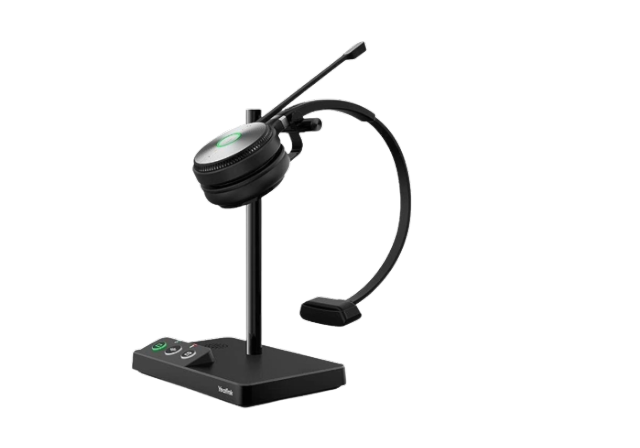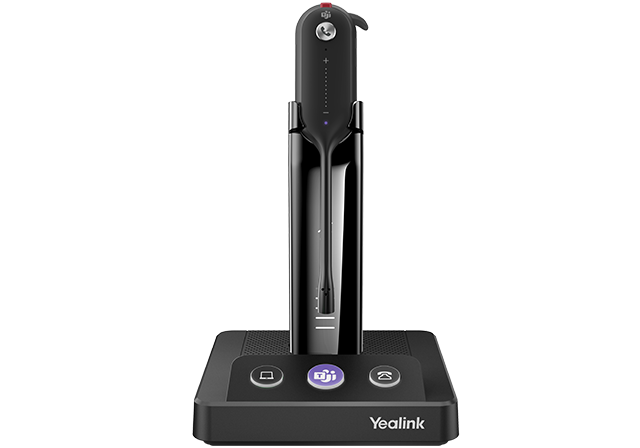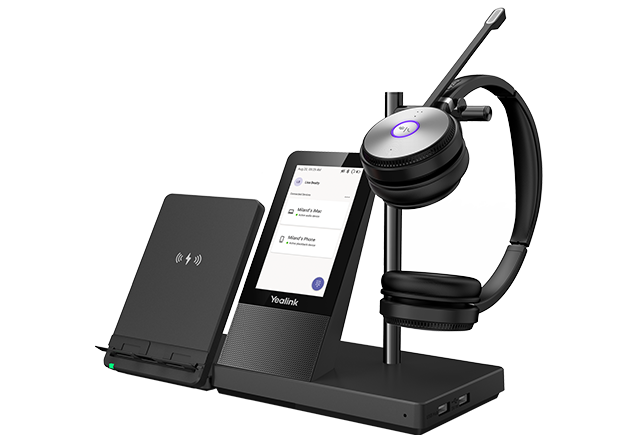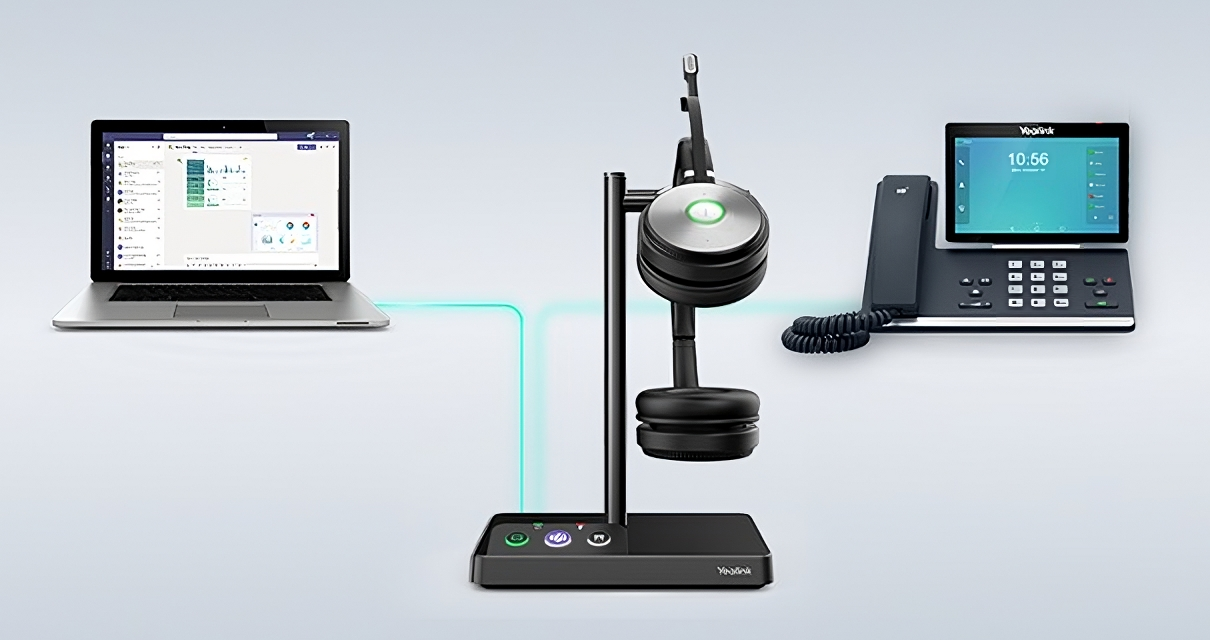The Wireless Headset and VoIP Advancement
Gone are the days of being tethered to stationary phones and cumbersome wired headsets. The rise of VoIP technology brought about a paradigm shift by enabling voice data transmission over the internet. When coupled with the convenience of wireless headsets, this evolution gained momentum, empowering professionals to communicate without the limitations of cords and cables.
Unmatched Audio Quality and Seamless Mobility
Wireless headsets allow seamless movement while maintaining superior audio quality. Professionals can effortlessly move around their workspace, attend virtual meetings, or handle calls on the go, all while achieving unmatched productivity. The incorporation of noise-cancellation technology ensures a distraction-free experience, even in bustling remote environments.

Cutting-edge Wireless VoIP Headsets
Among the leading solutions are the Yealink WH62 and WH63, which are wireless VoIP headsets that seamlessly blend freedom of movement with uncompromised audio quality. Whether you’re navigating a busy office or working remotely, the WH62 and WH63 keep you connected from as far as 160 metres from your workstation, without sacrificing productivity.
Yealink also offer some more premium options including the WH66 Workstation, which in addition to a high quality headset, also includes a 4 inch touchscreen, making call management easy, creating a complete and seamless communication solution.
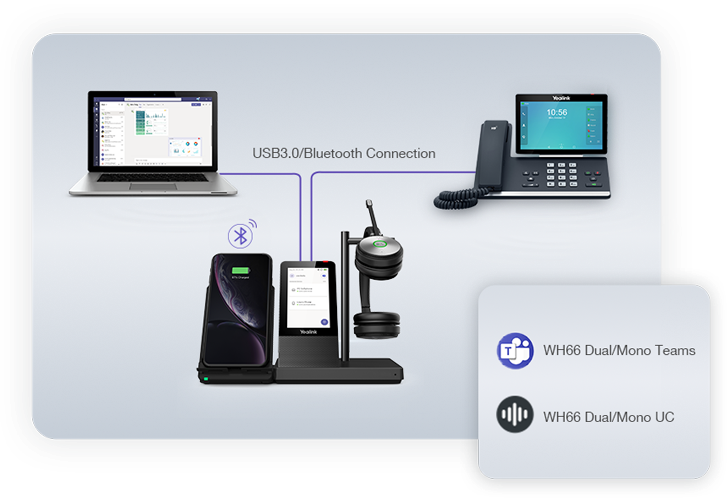
Cutting Costs and Amplifying Efficiency
Wireless VoIP headsets offer more than just enhanced communication; they are a strategic investment in productivity. Traditional wired setups often incur maintenance and replacement costs due to wear and tear. The durability and extended lifespan of wireless headsets bring about substantial cost savings over time, yielding a higher return on investment. Considering options like the WH62, WH63, and WH66 can offer not only a technological edge but also a path towards long-term cost-efficiency.

The Future Potential of VoIP Headsets
As technology continues to evolve, advancements in noise-cancellation algorithms, the integration of AI-driven features, and expanded compatibility with various devices are all indicators of the direction this technology is headed. Their ability to enhance productivity and enable remote collaboration, positions them as indispensable tools across industries.
Our Recommendations
